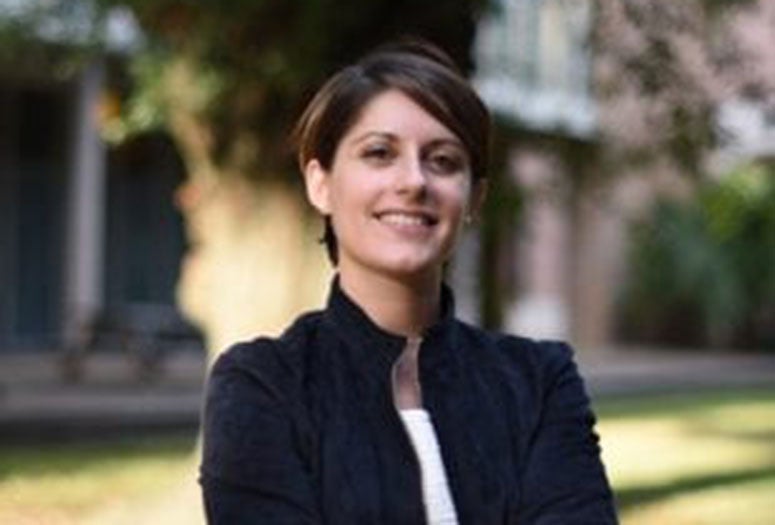Can gender inequality kill? Paper looks at impact among older Indian women
HOUSTON – (Dec. 7, 2020) – Indian women past childbearing age are dying at a higher rate than those in other countries because of poverty and limited access to resources such as food and health care, according to a study from Rice University.
"Why Are Older Women Missing in India? The Age Profile of Bargaining Power and Poverty" was published in a recent edition of the Journal of Political Economy. The research examines the impact of India's substantial gender inequality on the health, poverty and mortality of Indian women 45 and older.
Rossella Calvi, an assistant professor of economics at Rice and the study's author, developed a theoretical model of household resource allocation and analyzed consumer spending in India. She used the model to examine how women’s access to family resources, such as food and health care, varies over their lifetimes.
"In India, only 1 in 3 women work outside the home, and traditional norms dictate that their primary role is childbearing and child-rearing," Calvi said. "When women enter their post-childbearing years, one of their main productive activities disappears. Meanwhile, men of the same age remain productive by continuing to work. This fact has critical consequences for women’s bargaining power within their families.
"The estimates from my model indicate that the decline in women’s intrahousehold bargaining power during post-reproductive ages could help explain the excessively high mortality rates of older women in India,” she continued. "The decrease in women’s bargaining power is reflected in their diminished ability to access household resources. As a result, at older ages poverty rates are significantly higher among women than men, which negatively affects women’s health and increases their mortality risk. The excessive poverty rates of women are even more pronounced in households where women beyond childbearing ages have no children to care for."
Calvi said she hopes her research will lead to policies that support older women and improve their mortality rates in countries such as India.
The paper is available online at https://www.journals.uchicago.edu/doi/10.1086/706983.
-30-
This news release can be found online at news.rice.edu.
Follow Rice News and Media Relations on Twitter @RiceUNews.
Photo link: https://cpb-us-e1.wpmucdn.com/news-network.rice.edu/dist/c/2/files/2020/12/CALVI-Rossella-Faculty_0-1.jpg
Photo credit: 123rf.com
Located on a 300-acre forested campus in Houston, Rice University is consistently ranked among the nation’s top 20 universities by U.S. News & World Report. Rice has highly respected schools of Architecture, Business, Continuing Studies, Engineering, Humanities, Music, Natural Sciences and Social Sciences and is home to the Baker Institute for Public Policy. With 3,978 undergraduates and 3,192 graduate students, Rice’s undergraduate student-to-faculty ratio is just under 6-to-1. Its residential college system builds close-knit communities and lifelong friendships, just one reason why Rice is ranked No. 1 for lots of race/class interaction and No. 1 for quality of life by the Princeton Review. Rice is also rated as a best value among private universities by Kiplinger’s Personal Finance.
If you would rather not receive future communications from RiceUniversity2, let us know by clicking here.
RiceUniversity2, Public Affairs - MS610 6100 Main Street, Houston, TX 77005-1827 United States

